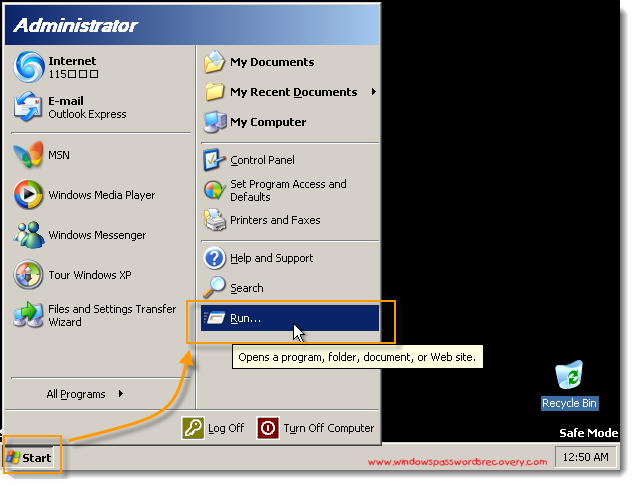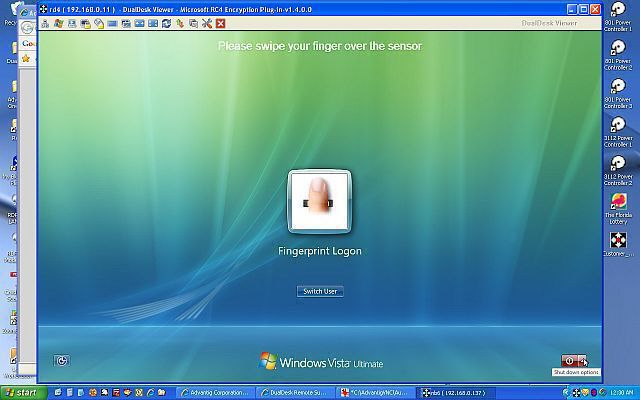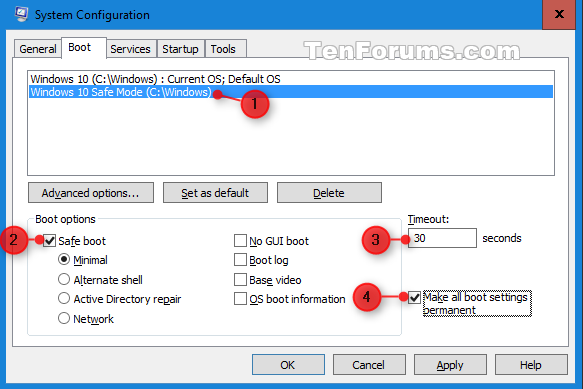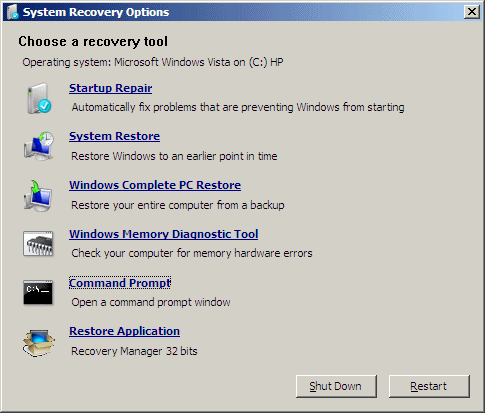-
How To Start System In Safe Mode In Windows Vista
Restarting Windows 1. Windows 8 in the safe mode. Prior to Windows 8, the procedure of restarting Windows in the safe mode was relatively straightforward: you would restart the computer, and then you would keep pressing the F8 key, about once every half second, before Windows begins to boot. With a bit of luck, Windows would detect the F8 key and display the black- and- white start menu: The safe mode options screen in Windows 7.
Restarting Windows 1. Windows 8 in the safe mode. Prior to Windows 8, the procedure of restarting Windows in the safe mode was relatively straightforward: you would restart the computer, and then you would keep pressing the F8 key, about once every half second, before Windows begins to boot. With a bit of luck, Windows would detect the F8 key and display the black- and- white start menu: The safe mode options screen in Windows 7.
Take control of your files and folders with AB Commander file manager for Windows 1. Vista, and XP. Read more..
Locate the section titled Boot Option on the System Configuration window. Here you can check the option titled Safe Mode. Notice that Minimal Safe Mode is the default. Safe Mode enables people who use Microsoft Windows 95, Windows 98, Windows ME, Windows 2000, Windows XP, Windows Server 2003, Windows Vista, Windows Server 2008, and. Need to login Windows XP in safe mode but don't know how to bypass Windows XP password in safe mode? Here is a solution for you. Read through this article to learn. Prior to Windows 8, the procedure of restarting Windows in the safe mode was relatively straightforward: you would restart the computer, and then you would keep.

In Windows 8 and 1. Shift+F8 key combination to achieve a similar effect (although you would not find the black- and- white start menu there), except that the window of opportunity for the Shift+F8 keys is much shorter now and it may take you a few restart attempts to press it at just the right time.


If Windows does not want to recognize your Shift+F8 keys, don't despair: there is another way. Wait for Windows to start as usual, and then open the menu that contains the Restart command, but don't select it yet. Be prepared to see some things not as they used to be: in the safe mode, Windows loads only the most basic components, to keep the running processes to a minimum. The screen may be black, the desktop icons may be moved, and so on. You should see the text ?
Here is how to set it up. First, open the System Configuration utility of Windows: you can find it easily if you have Start. Finity, just use it to select Programs - Administrative tools to find this command. Using Start. Finity to run the System Configuration utility.
Select the Boot tab on the System Configuration screen, and then select the Safe boot box: The Safe boot option on the System Configuration screen. Password- protect and hide personal files and folders with Folder Guard for Windows 1. XP. Read more.. Press OK, and you may be prompted to restart Windows. You can do it right away, or after some time, but from this point on, whenever you restart Windows, it should boot into the safe mode.
How to disable the automatic reboot in the safe mode that we've set up above? Open the System Configuration utility, and deselect the Safe boot option. Keep in mind, though, that if Windows is restarted in the safe mode, the Start. Finity icon may not be loaded automatically for you, but you can still start it manually using the Start. Finity tile on the Start Screen, and then navigate to the System Configuration command as described above. Yet another solution to this problem is to force Windows 8 and Windows 1.
Windows 7. To do that, run Command Prompt . In such a case, the above command will NOT work! It must be entered into the . Here is the trick that should get you started.
Click on the Windows Start button, and while the Start menu is displayed, start typing . As soon as you type it, it should show Command Prompt as the best match. Press the Ctrl and Shift keys simultaneously, and while keeping them depressed, press the Enter key. This should launch the .

Safe mode is a simplified version of Windows that can help you troubleshoot problems on your PC. If a problem doesn't reappear in safe mode, you can eliminate the. I've read all the information in the posts. It appears that each occasion of System Service Exception is caused by something different, depending on the codes relayed.
/about/system-config-windows-10-5925e3c03df78cbe7e5a9165.png)





-
Commentaires
